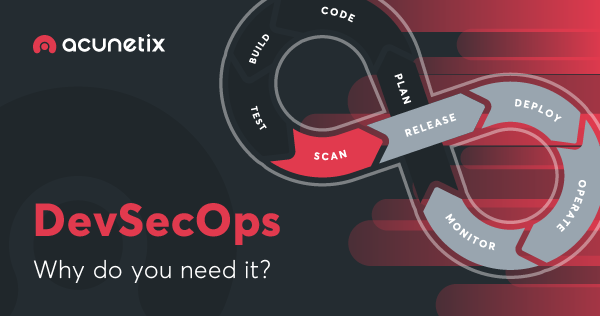Unified storage used to mean putting file and block storage into one array product that merged NAS and SAN. Now Pure Storage is attempting to popularise a new form of unified storage – unified fast file and object storage.
Now, while the underlying premise for unified block and file back in the day was for general storage use cases, this new iteration of the idea is aimed at quite different workloads.
What Pure has in mind in terms are analytics, artificial intelligence (AI)/machine learning datasets, machine-generated data and high-performance computing needs.
In particular, it sees use cases where data may transit between object, typically S3, and file protocols such as NFS and SMB.
This could occur, for example, when data is collected in one format, such as NFS in backup applications, and moved to another, say one optimised for S3 such as Splunk SmartStore, Kafka or cloud-native applications.
“There’s a value to having a common platform to support file and object,” said Pure’s FlashBlade VP, Amy Fowler. But she also made the point that this is not unified storage for general use cases as things were a decade or so ago. Instead, what Pure is aiming at are pretty high-performance use cases.
“But the platform needs multi-dimensional performance,” said Fowler. “That means having the throughput and latency capabilities, and the ability to handle lots of small files or large files. In short, diverse workloads, where most systems are optimised for one or the other.”
All of which perhaps begs the question: would block access also fit with this idea of unified storage?
No, said Fowler. “There’s a line where you start sacrificing functionality and performance,” she added.
“There are examples of block and file adjacency that work, and there are use cases where file and object need high scalability and performance, but probably not in your general user share.”
This unified fast file and object storage push comes alongside Pure’s launch of the second generation of its FlashArray//C arrays, which are now all-QLC.
QLC allows for much denser storage, although with reduced durability compared to other NAND flash technology generations. That said, density and cost are so lowered that Pure is positioning this as a dagger to the heart of hybrid (disk and flash) storage products.
In terms of use cases, it is aiming FlashArray//C at test & dev, backup, VMs, email and archives. Pure reckons the cost per raw GB is less than $0.50.
The new FlashArray//C uses bigger-capacity NVMe QLC drives than the previous version at 24.7TB, which means you can get up to 1.8PB raw in 9U. That goes up to the region of 5PB with data reduction.
The new arrays deliver 2ms to 4ms latency. Caching on the drives is with SLC flash, and avoiding Optane SSD for cost reasons.
Plans are for FlashArray//C to get 49TB drives later in 2020, which will push things up to the 10PB max capacity region.
Asynchronous replication is possible between the high-capacity FlashArray//C and performance-oriented FlashArray//X, which has faster flash drives and is aimed at business-critical workloads.













